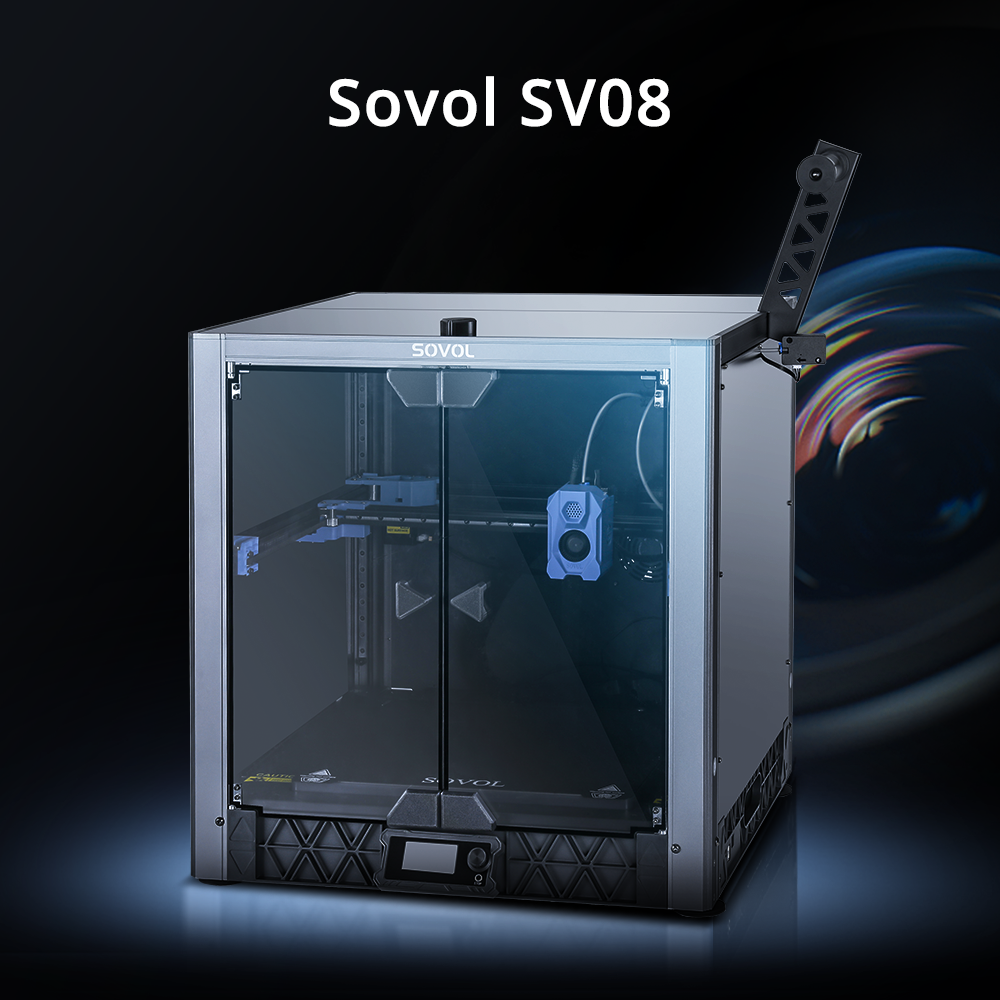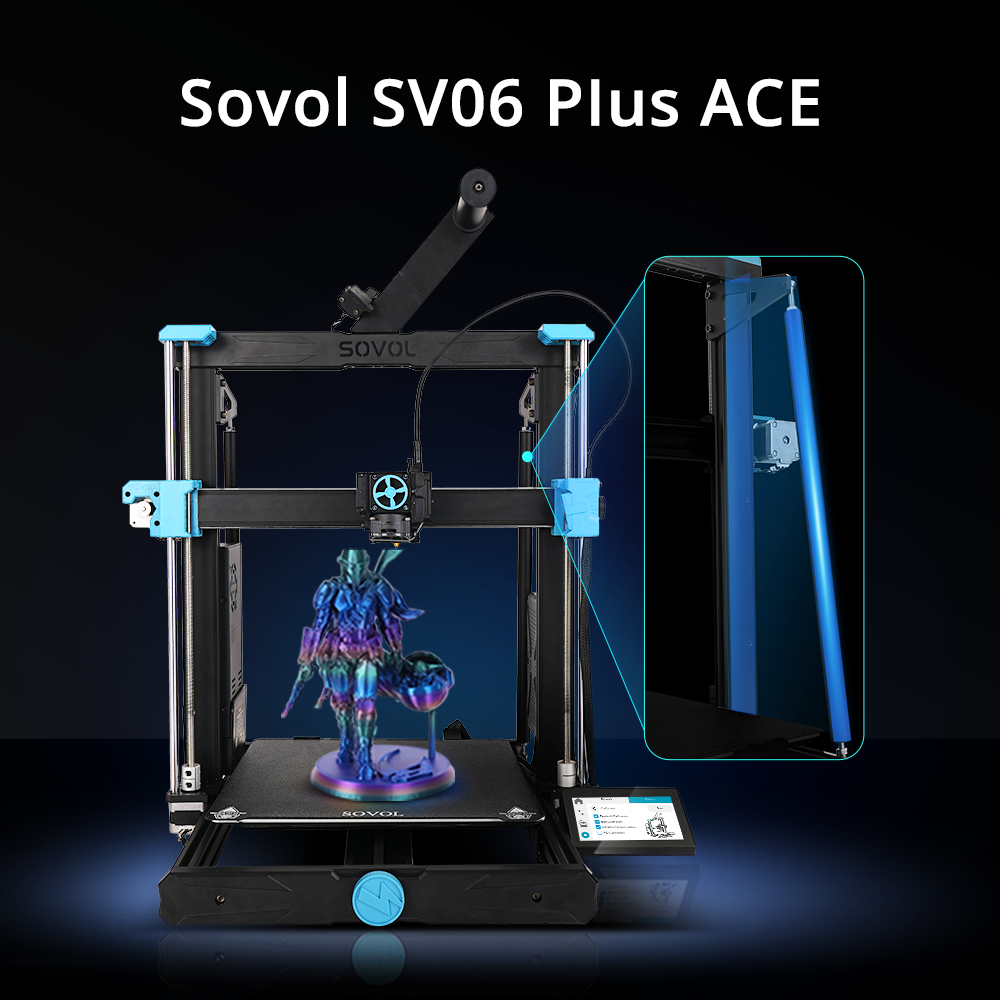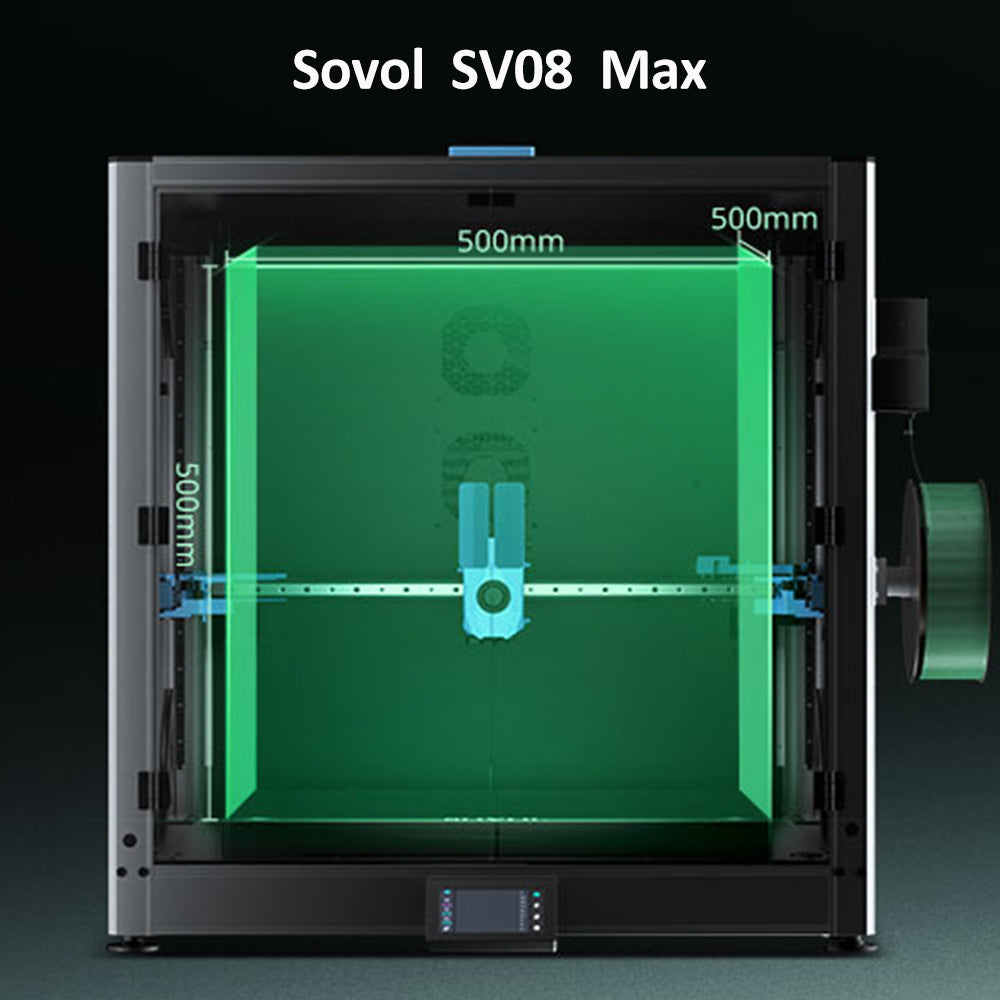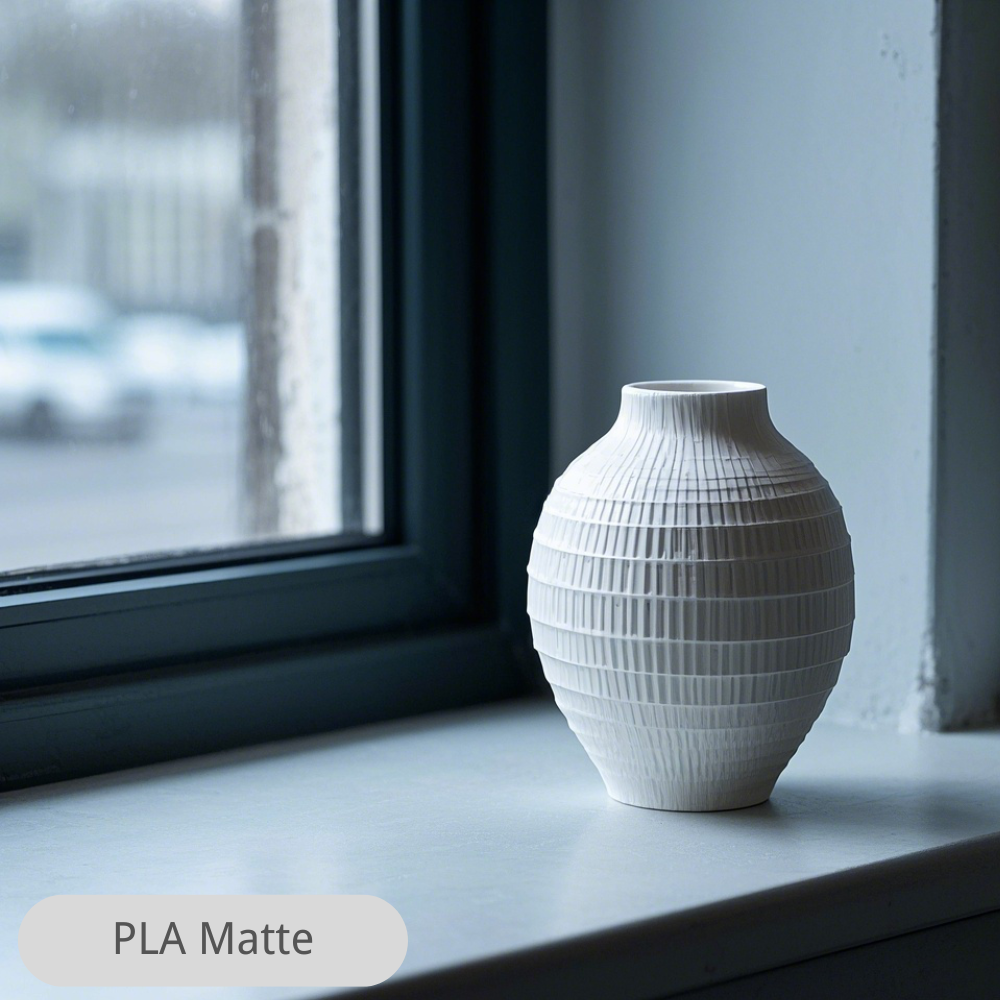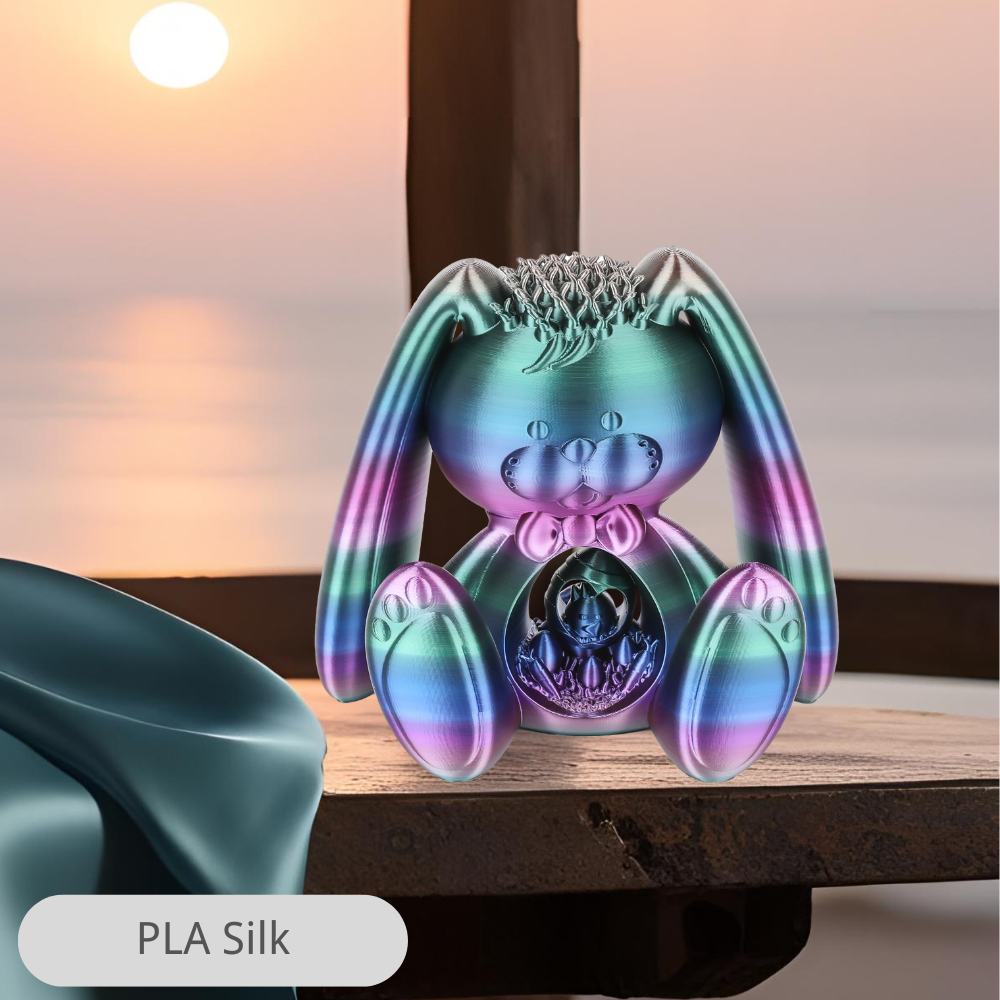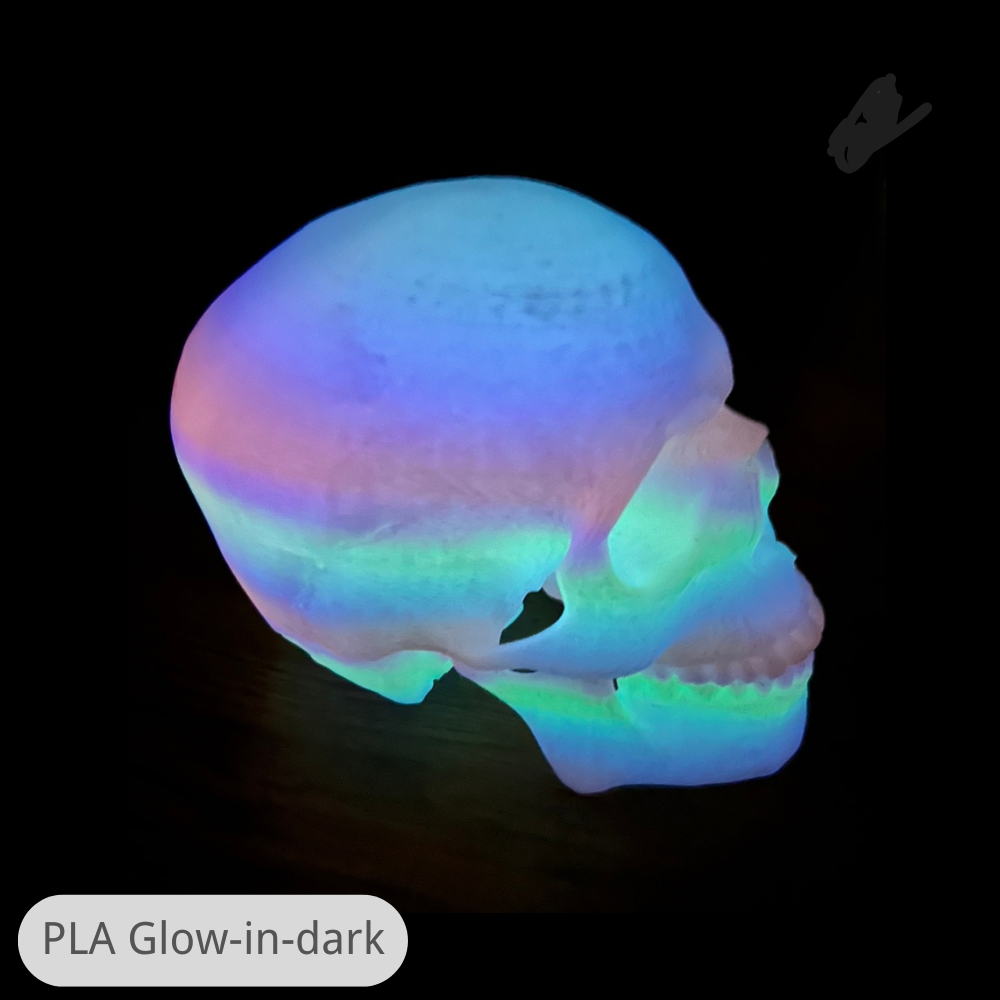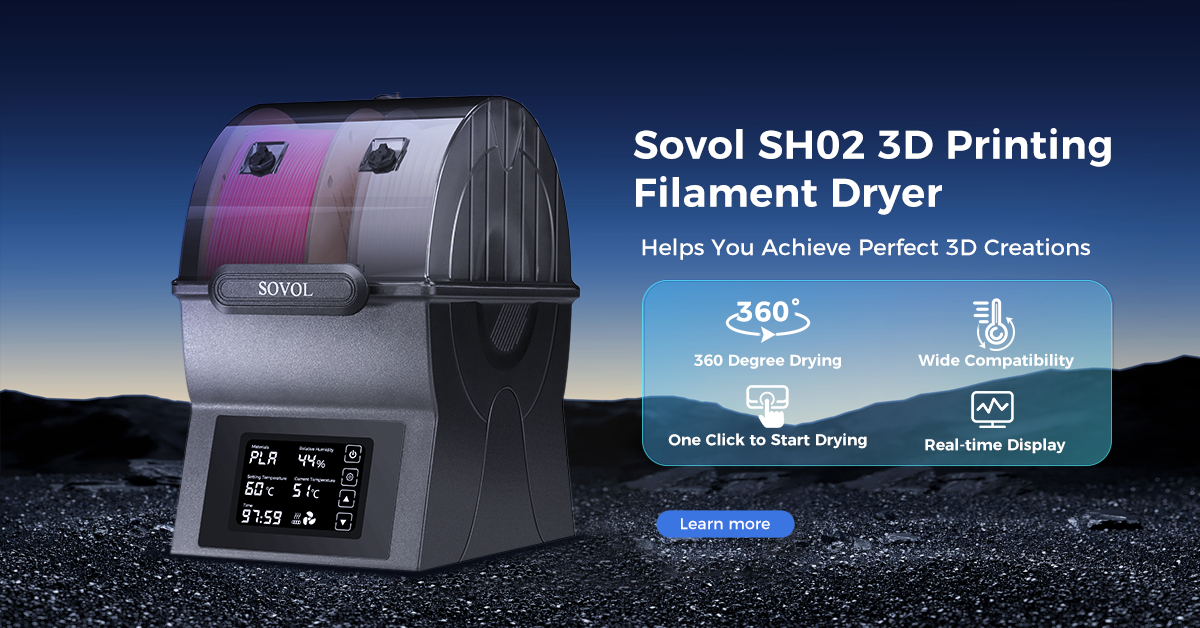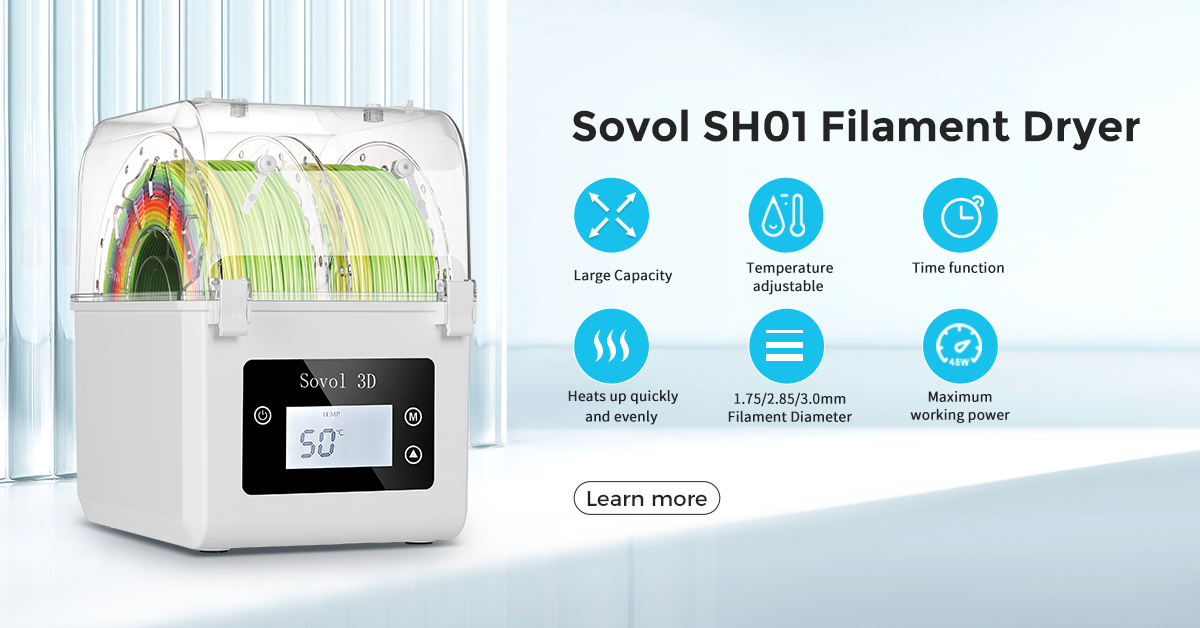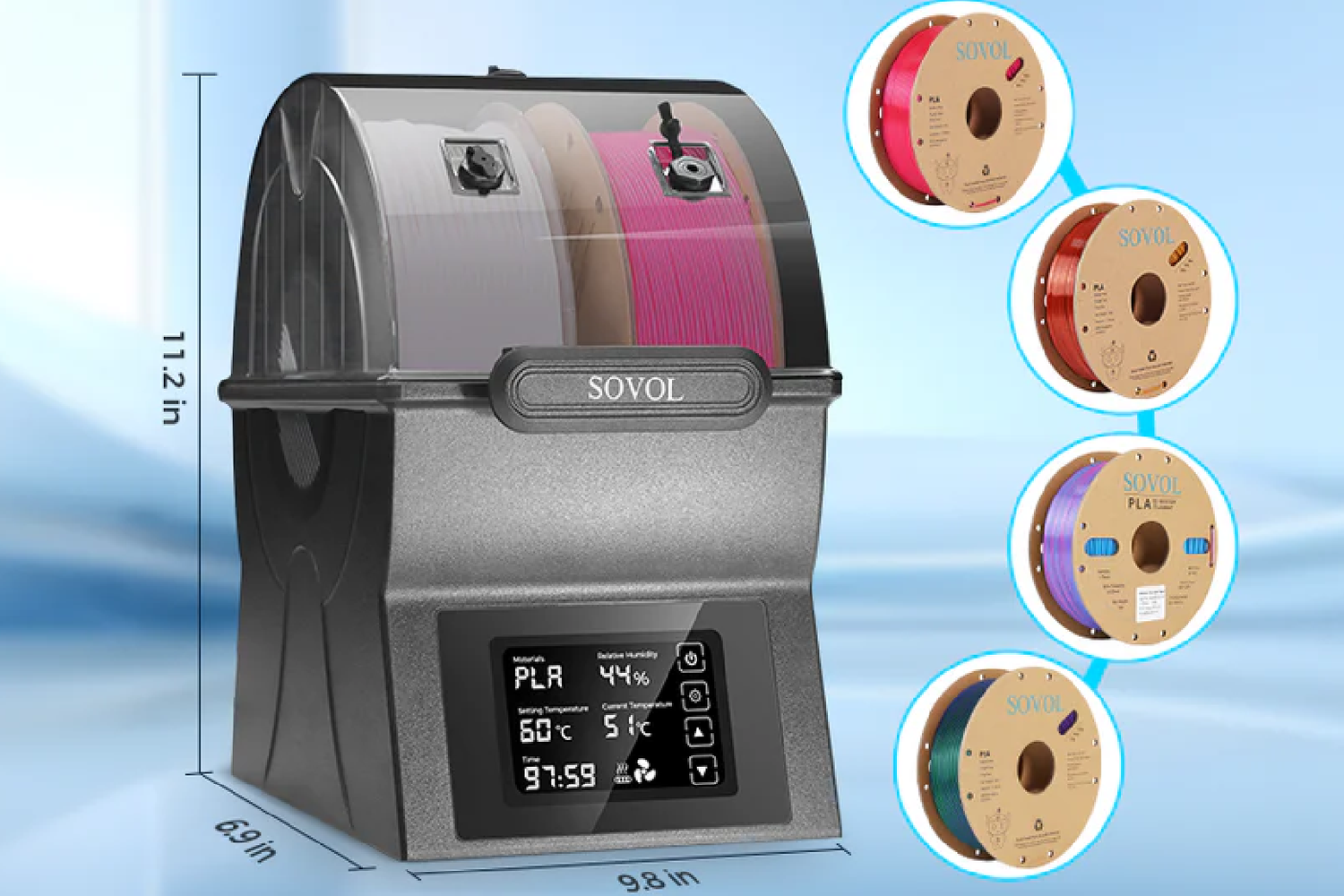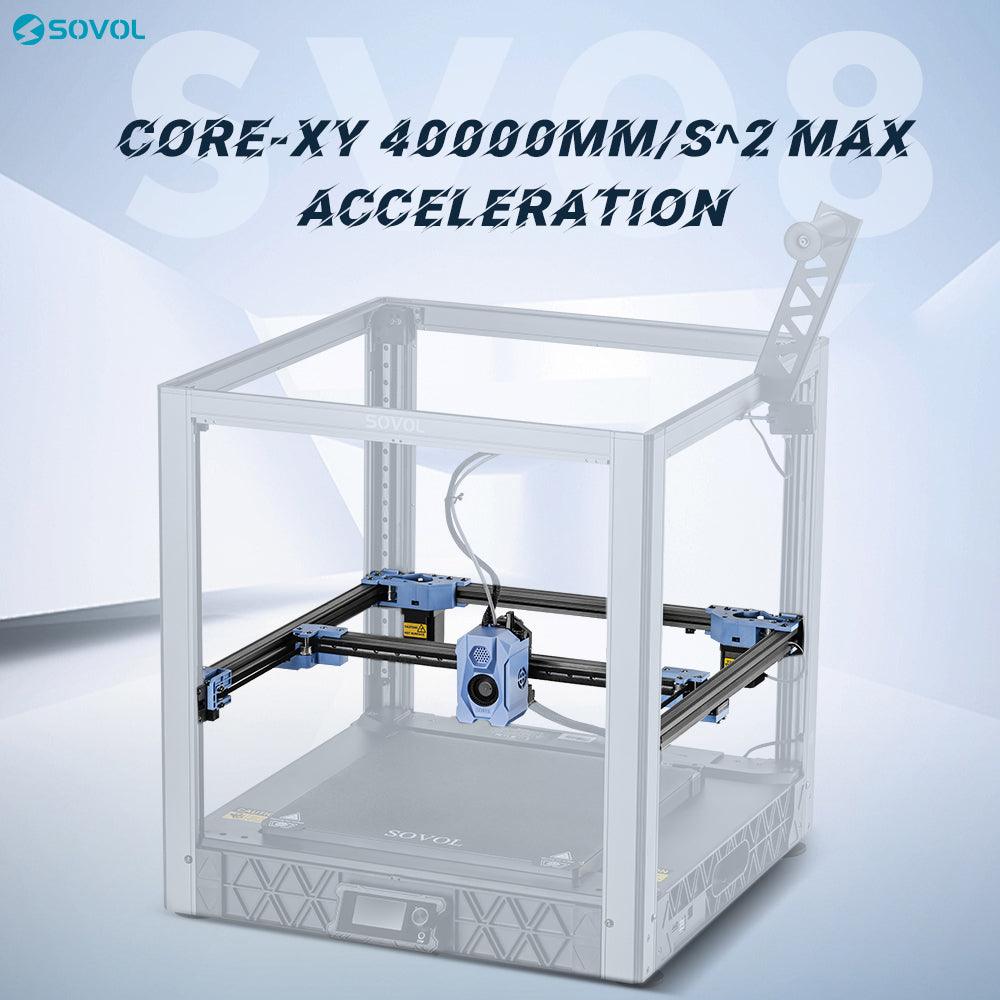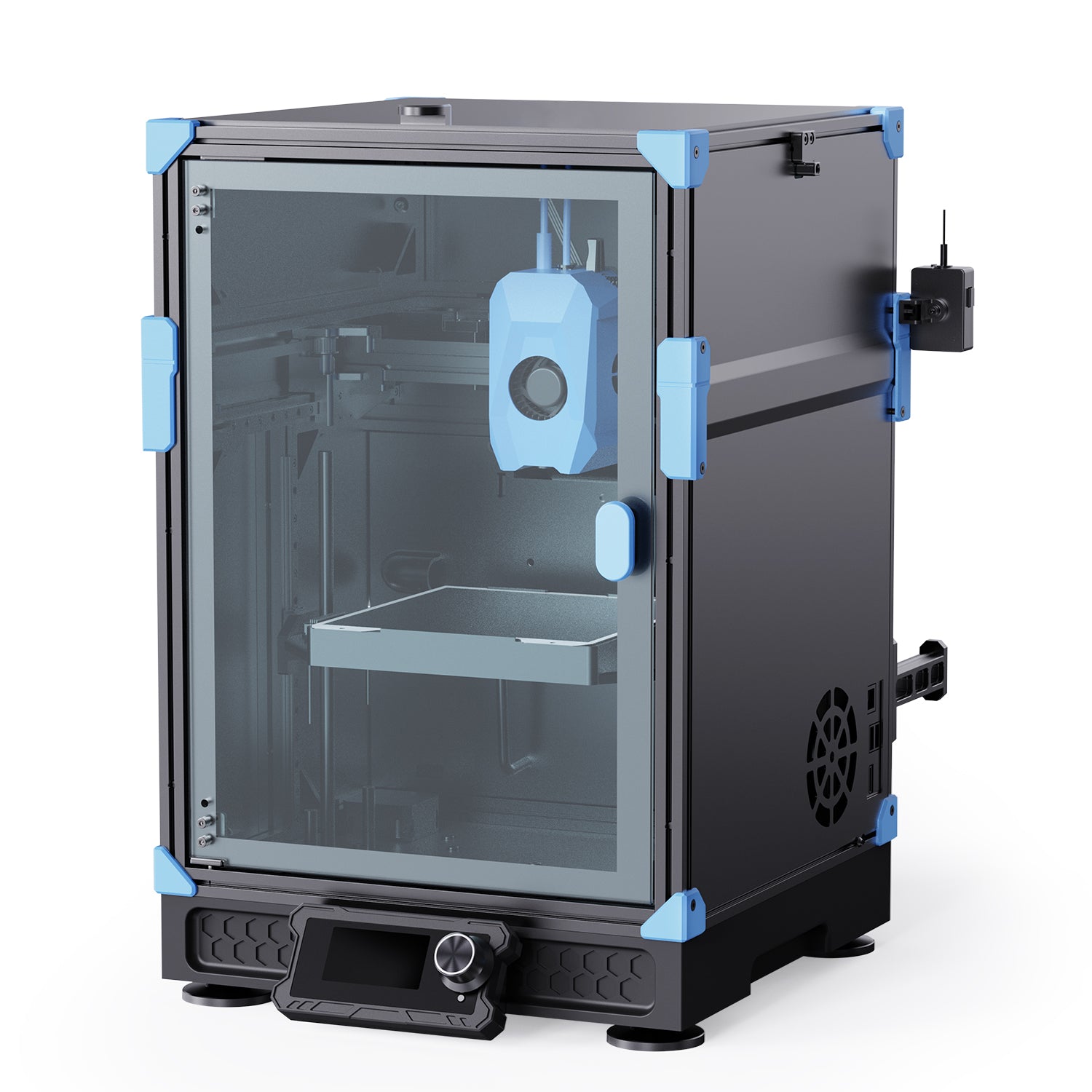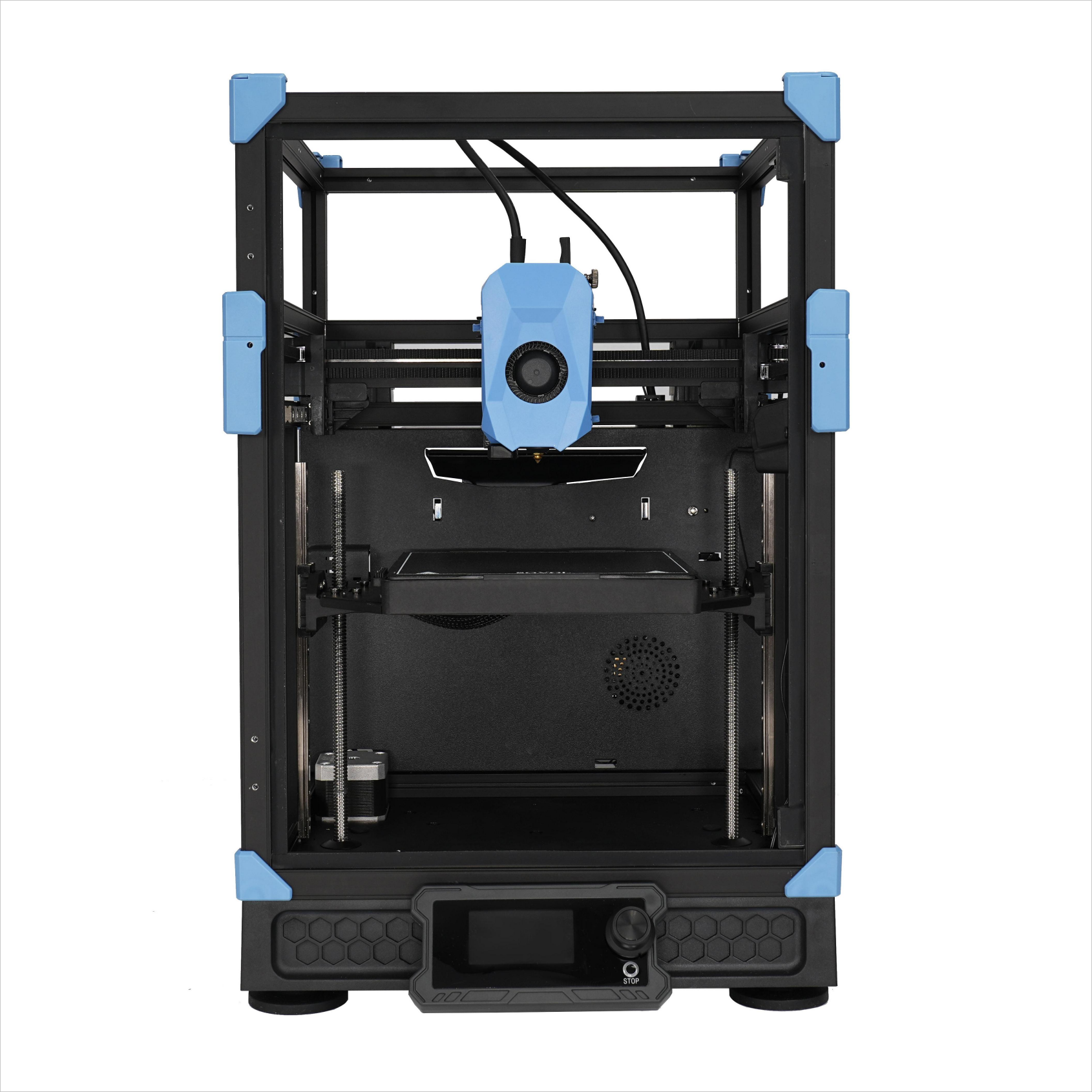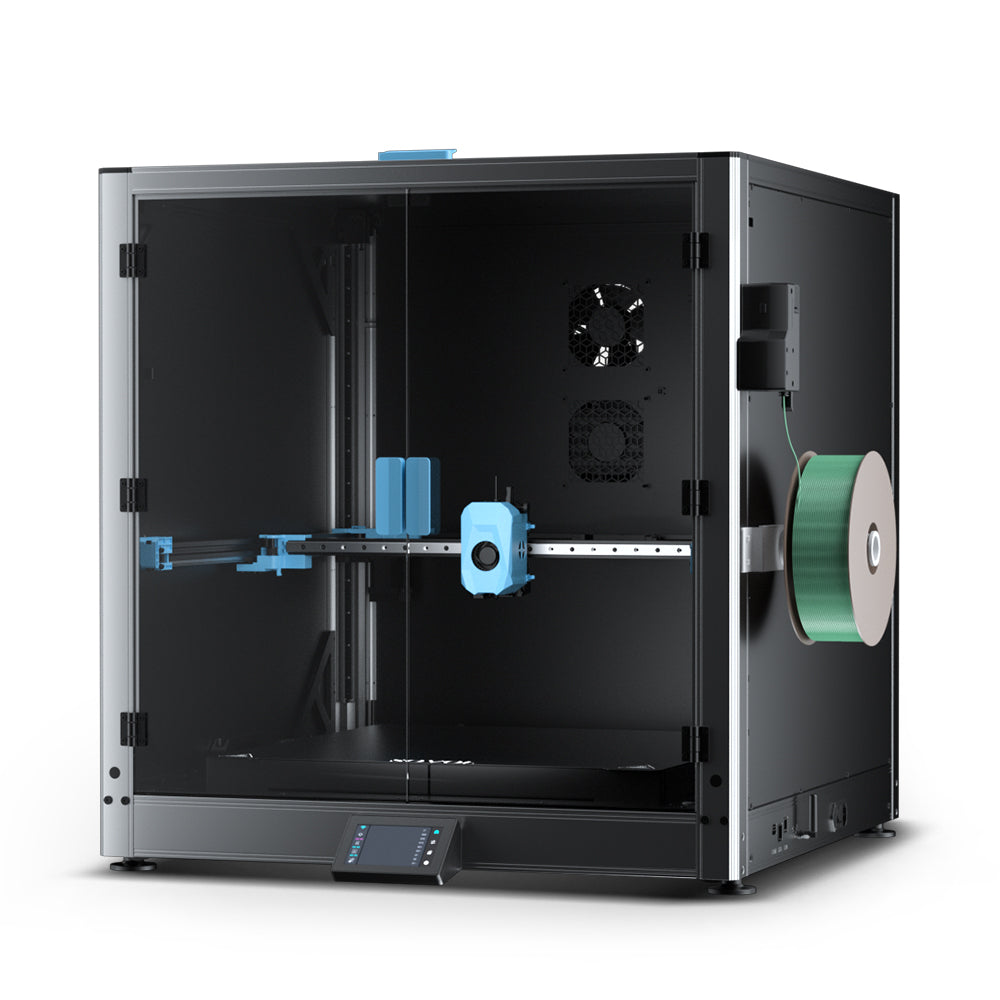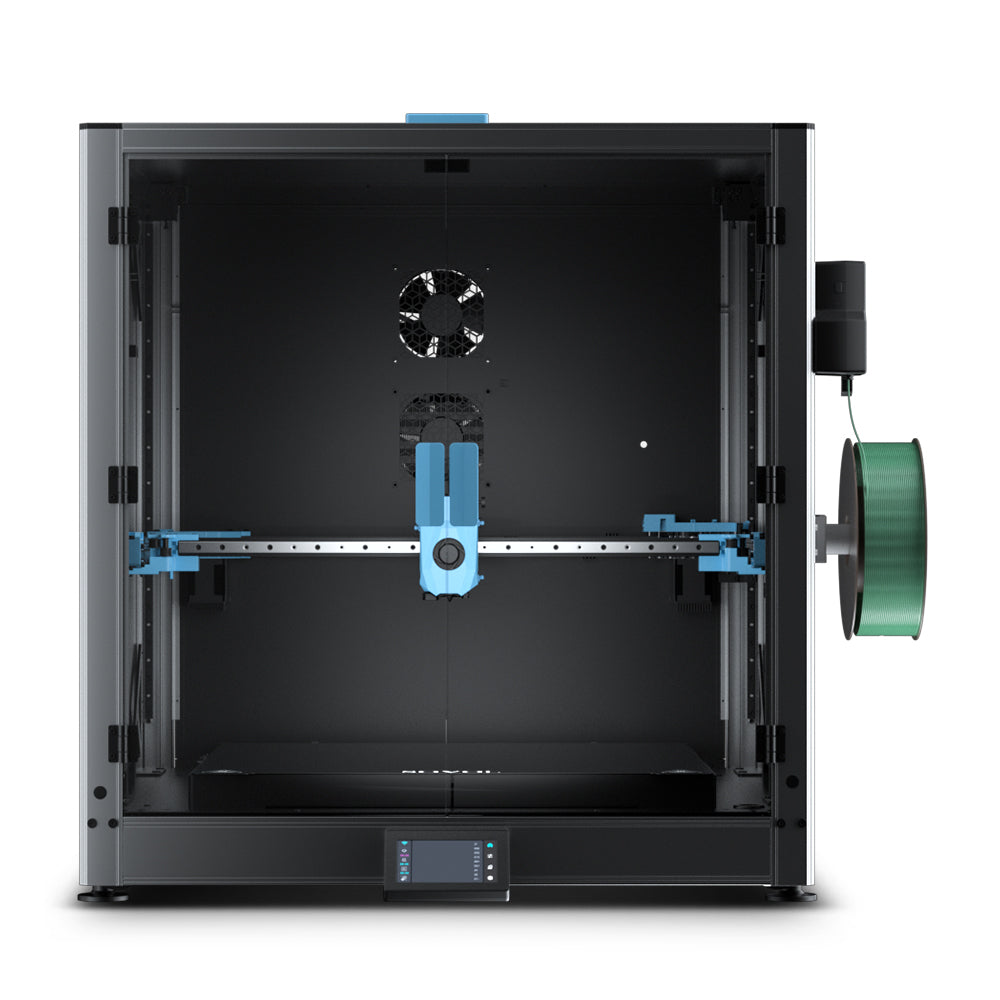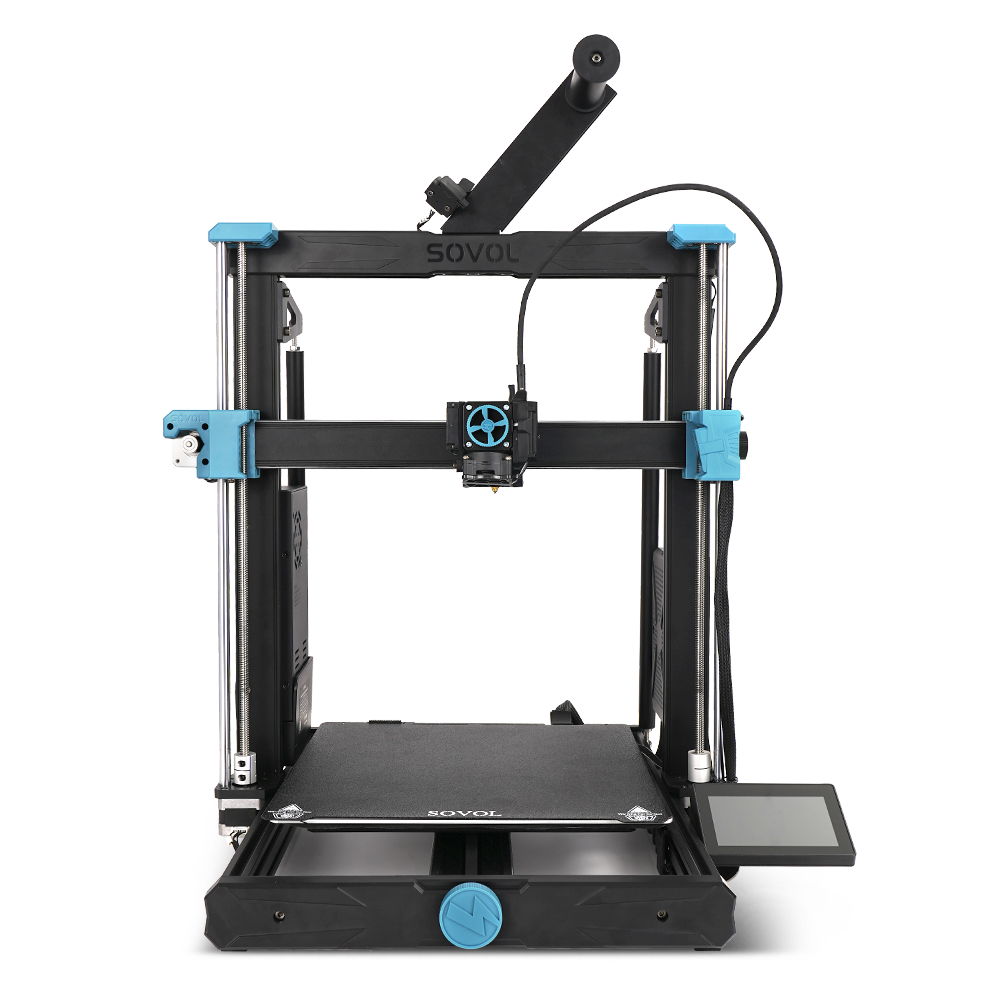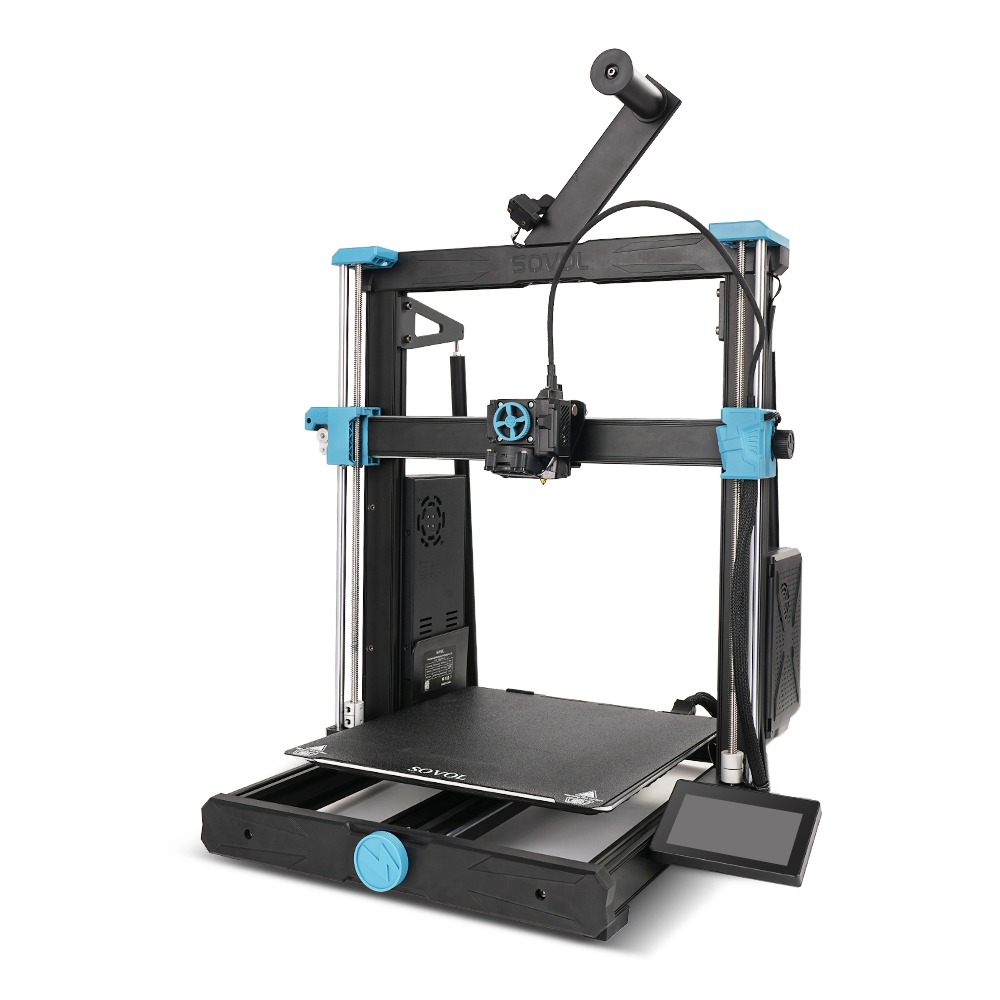Prints can fail when filament gets wet. You need a 3d filament dryer that fits how you print. It should also work with the filament types you use. The right filament dryer can make prints look better. It also helps you waste less material. In 2025, only one new 3d filament dryer came out. It is called the FilaDryer E2. But you can still pick from many older models. The best filament dryer keeps out moisture. It helps you get good prints every time.
Choosing a 3D Filament Dryer
Assessing Your Needs
First, think about how you use your 3D printer. If you print a lot, your filament can soak up water from the air. This water can make bubbles or weak spots in your prints. Sometimes, you might even hear popping sounds when printing. Many people try to keep filament dry in sealed boxes or low-heat ovens. These ways show why a 3d filament dryer is helpful for better prints.
Next, look at what filaments you use. Some, like nylon and PVA, take in water very fast. These need extra care. Nylon should dry at 60–65°C for up to 12 hours. PVA dries best at 40–45°C for a few hours. Other filaments, like PLA, ABS, PETG, and TPU, also get wet but not as quickly. If you use lots of types, you need a dryer that can change drying heat.
Your budget is important too. Filament dryers can cost from $50 to $150 or more. The price depends on things like size, heat range, and controls. Here is a table to help you compare some top models in 2025:
|
Product Name |
Price |
Capacity |
Temperature Range |
Key Features |
|---|---|---|---|---|
|
SUNLU Official Filament Dryer Box S4 |
$150 |
Four 1 kg spools |
35°C–70°C |
Fast heating, humidity sensor, desiccant pockets |
|
CREALITY Space Pi Filament Dryer Plus |
$90 |
Two spools |
40°C–65°C |
160W heating, filament feed port, simple display |
|
Comgrow 3D Printer Filament Dryer Box |
$50 |
One spool |
35°C–65°C |
Digital timer, adjustable temps, clear door |
|
Polymaker 3D Printing Filament Dryer |
$80 |
One spool |
40°C–60°C |
Dryer and storage combo, desiccant trays, airtight seal |
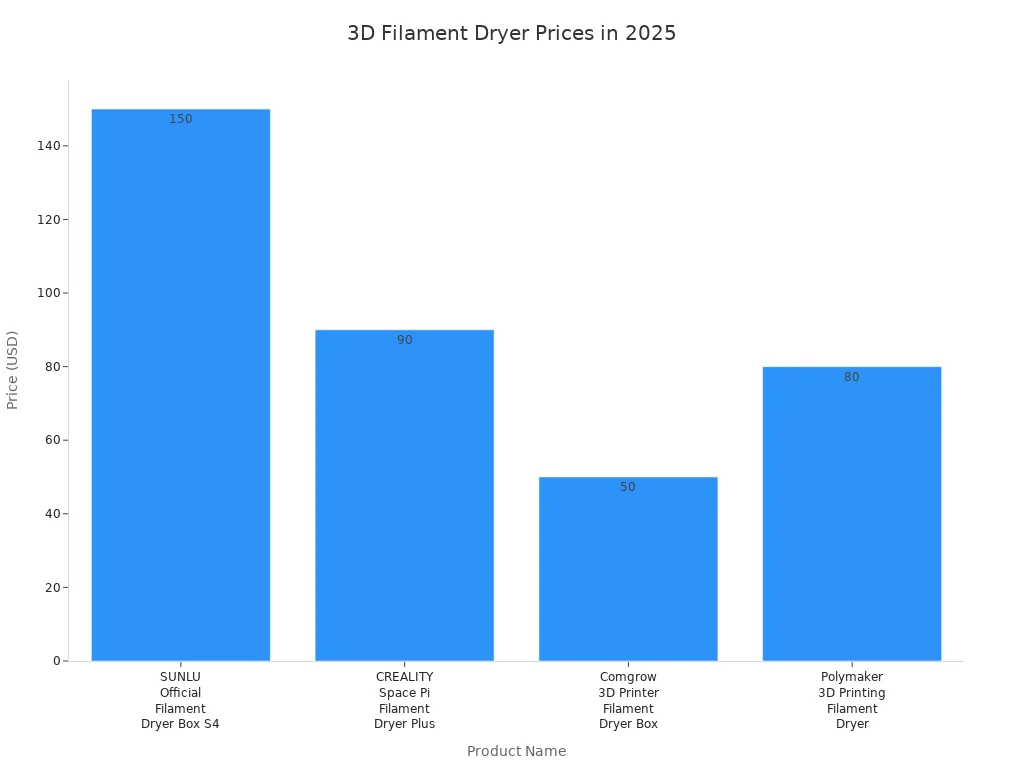
Key Features to Consider
When picking the best filament dryer, check for some main features. These help you get the most from your filament and keep prints looking good.
-
Temperature Range
You want a dryer with a wide heat range. Different filaments need different drying heat. For example, PLA dries well at about 50°C. Nylon may need up to 85°C. A good 3d filament dryer lets you set the right heat for each type. -
Humidity Control
Humidity control is very important. Filaments can soak up water from the air. This can cause bubbles or weak layers in prints. The best filament dryer keeps humidity low, often under 20%. This stops filaments from getting wet again. Some dryers, like the Sovol SH02, show real-time humidity and have strong seals to keep filaments dry, even in damp rooms. -
Capacity
Think about how many spools you want to dry at once. Some dryers hold one spool. Others can dry two or more. If you use many types or print a lot, a bigger dryer saves time. -
Compatibility
Make sure the dryer works with all the filaments you use. Some dryers have settings for PLA, ABS, PETG, TPU, nylon, and more. This makes drying easier and safer for each type. -
Safety
Safety features protect you and your filaments. Look for dryers with overheat protection, auto shut-off, and sealed designs. These stop accidents and keep filaments safe. -
User Interface
A clear and easy interface helps you set drying time and heat. Touchscreens and preset buttons make it simple, even for new users.
Note: Professional filament dryers, like the Sovol SH02, let you change heat and see humidity in real time. These features help you dry even the most sensitive filaments safely.
After drying, keep your filaments in sealed boxes with desiccants. This keeps them dry longer and stops water from coming back.
Picking the right filament dryer depends on how you print, what filaments you use, and your budget. By checking these features, you can find the best dryer for you and get better, more reliable prints.
Why Drying Filament Matters
Effects of Wet Filament
You may see problems if your filament is wet. Wet filament acts differently when you print. Sometimes, you hear odd sounds like crackling or "bum bum." This means your filament has water in it. You might also see steam come out of the nozzle. Nylon shows these signs the most because it soaks up water fast. PLA does not have these problems as much. But PLA can still get wet if you do not store it right.
When you use wet filament, these things can happen:
- More stringing between parts of your print
- Popping or crackling sounds while printing
- Bubbles or rough spots on your print
- Weak layers that break apart
- Prints look different with each printer or brand
You can stop these problems by drying your filament first. Drying helps you get better prints and waste less material.
Print Quality and Moisture
Moisture does more than make noise or bubbles. It can make your prints weak and rough. Drying keeps your filament in good shape for printing. If you want strong and smooth prints, keep your filament dry.
Here is a table that shows how moisture changes print quality:
|
Metric |
Relationship with Filament Moisture Content |
Quantitative Effect |
Correlation Coefficient (r) |
|---|---|---|---|
|
Tensile Strength |
Linear regression: TS = 10.80 FM − 27.19 |
Increase in FM by 0.1% → decrease in TS by 1.08 MPa |
-0.67 |
|
Surface Finish Quality |
Qualitative observation |
Higher FM → increased surface roughness and visible filament paths |
N/A |
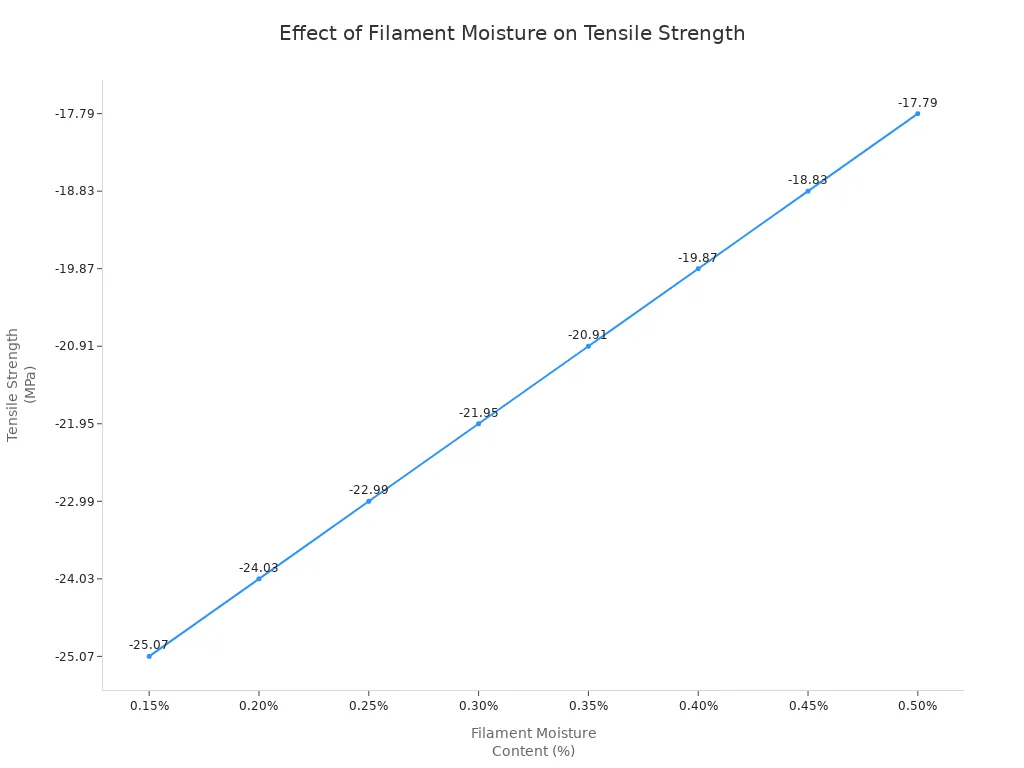
Drying your filament makes each layer stick better and look smooth. Dry filament gives you better prints and saves material. Drying also saves time because you do not need to fix failed prints. If you dry and store your filament well, you will always be ready for great prints.
Best Filament Dryer Features
Temperature and Humidity Control
You need to control heat and humidity for good drying. New filament dryers use smart technology to help your filament stay nice. Many dryers use PTC heating parts. These parts heat up fast and keep the heat steady. Some dryers spin the filament while heating. This way, all sides get the same heat. It stops weak spots and keeps prints looking great.
A humidity sensor shows how much water is inside the dryer. Some dryers let you pick the humidity level you want. If the air gets too wet, the dryer turns on the heat again. This keeps your filament dry and ready to use. Some dryers have more than one hot air outlet. You can also change the vents to control the air. These things help you dry different filament types the right way.
|
Technology / Feature |
Description |
|---|---|
|
Fast, self-regulating heating to prevent overheating |
|
|
360° Rotating Heated Drying |
Even temperature for all filament surfaces |
|
Automatic Humidity Control |
Keeps humidity at your chosen level |
|
Multiple Hot Air Outlets |
Spreads heat evenly |
|
Adjustable Exhaust Vent |
Lets you control inside humidity and temperature |
|
Desiccant Compartment |
Holds desiccant to keep the air dry |
|
Multi-material Drying Parameters |
Presets for common filaments and custom settings |
Tip: Pick a dryer that shows heat and humidity as it works. This gives you better control.
Sealing and Storage
A strong seal keeps your filament dry while drying and after. Dryers with good seals stop water from getting in. This keeps your filament safe from wet air. After you dry your filament, put it in a sealed box with desiccant. This stops water from coming back and keeps your filament ready.
Some dryers use three rings to seal the chamber and exit. These rings keep the air inside dry and steady. When you finish drying, move your filament to a sealed box or bag. Add a desiccant pack to keep the air dry inside.
Note: Always store your filament right after drying. This keeps it safe from wet air.
Safety and Ease of Use
Safety and easy use are important when picking a dryer. Many dryers use V0 fireproof shells. This shell does not burn and keeps you safe. Overheat protection is also important. If the dryer gets too hot, it shuts off until it cools down.
Easy controls help you dry filament without trouble. Touchscreens and one-click buttons make it simple to set the dryer. Real-time displays show the heat and humidity inside. This helps you change settings and avoid mistakes. Many people like these features because they make drying easy and safe.
|
Feature |
Description / Value to Users |
|---|---|
|
Adjustable Temperature Settings |
Lets you pick the best heat for each filament |
|
One-Click Drying Presets |
Makes operation fast and simple |
|
Real-Time Display |
Shows current temperature and humidity |
|
User-Friendly Touchscreen |
Easy to use, even for beginners |
|
Compact and Efficient Design |
Saves space and works with many filament types |
Remember: Pick a dryer with easy controls and safety features for the best results.
Top 3D Filament Dryers in 2025
Sovol SH02 Filament Dryer
If you want a professional dryer, the Sovol SH02 is a top pick in 2025. It uses a 150W heater that spreads heat evenly. You can dry many filament types like PLA, PETG, PC, ASA, ABS, and TPU. The SH02 heats up fast. It gets to 50°C in 7 minutes and 70°C in 25 minutes. The large touchscreen makes it easy to use. You can pick one-touch settings for each filament. The triple ring seal keeps out moisture, even in wet rooms. Safety is important, so the SH02 has overheat protection. It also checks the temperature, fan, and mainboard all the time. You can dry filament for up to 98 hours. The 3-wire fan moves air well and dries faster. This dryer is great for people who want strong features and good results.
|
Feature |
Sovol SH02 Filament Dryer Highlights |
|---|---|
|
Heating Power |
150W heater with even heat distribution |
|
Maximum Temperature |
Up to 70°C, suitable for drying ABS, TPU, and other specialty filaments |
|
Heating Speed |
Reaches 50°C in 7 minutes and 70°C in 25 minutes |
|
Control Interface |
Large 3.9-inch touchscreen with one-touch presets |
|
Sealing System |
Triple ring sealing system for superior moisture protection |
|
Safety Features |
Overheat protection, real-time monitoring of temperature, fan, and mainboard status |
|
Drying Duration |
Supports up to 98 hours of drying |
|
Fan Type |
3-wire self-checking fan for improved airflow and drying efficiency |
|
Filament Compatibility |
Works with 9 filament types including PLA, PETG, PC, ASA, ABS, TPU |
|
Additional Features |
External air pipe connection, steady heat, and moisture control |
SUNLU S2 and S4
The SUNLU S2 and S4 dryers give you more choices and space. The S2 dries one spool at a time. The S4 can dry up to four spools at once. Both have adjustable heat and a clear display. You can use them with PLA, ABS, PETG, and more. The S4 is good for people who print a lot or use many filaments. These dryers have humidity sensors and desiccant pockets. They dry well and are easy to use. Beginners and advanced users both like them.
Polymaker PolyBox
If you need a dryer for many materials, the Polymaker PolyBox is a good pick. It seals well with silica gel desiccant to keep humidity low. The PolyBox keeps humidity changes under 5% for 30 days, even in damp places. You can dry filament while printing, which helps with different materials. The PolyBox fits most 1kg spools and has a roller for small spools. You can choose from three drying power levels to match your filament. The desiccant can be used again, so you save money and help the planet.
- Keeps humidity low with strong seals and silica gel
- Lets you dry filament while printing, good for many materials
- Fits most 1kg spools and has a roller for small spools
- Has three drying power levels for different filaments
- Keeps humidity between 10-30% after drying
- Uses reusable desiccant to save money
Budget and DIY Options
You can get budget dryers for less than $60. These usually hold one spool and have simple heat controls. They work well for PLA and PETG. If you want to save more, you can make your own dryer. Use a food dehydrator or a sealed box with desiccant. DIY dryers let you pick drying time and cost. But professional dryers seal better and are safer and easier to use. If you print a lot or use sensitive filaments, buying a good dryer gives you better prints.
Using a Filament Dryer
Setup and Operation
Most filament dryers are easy to set up. Put your dryer on a flat table. Plug it in and see if the power light is on. Open the lid and put your filament spool inside. Make sure the filament moves out of the exit port. Use the touchscreen or buttons to pick the right settings. Many dryers have simple presets for popular filaments. If your dryer shows humidity, watch the numbers go down as it dries. Always close the lid tight to keep water out. When you finish, put your filament in a sealed box with desiccant to keep it dry.
Tip: Read your dryer's manual before using it the first time. This helps you set it up right.
Tips for Drying Filament Types
Each filament type needs its own drying time and heat. Using the right settings gives you better prints. Here is a table to help you:
|
Filament Type |
Recommended Drying Temperature (°C) |
Recommended Drying Time (Hours) |
|---|---|---|
|
PLA |
65 |
4 |
|
ABS |
80 |
4 |
|
Nylon |
90 |
At least 4 (up to 24 if very wet) |
Never use more heat than the table says. Too much heat can ruin your filament. Nylon sometimes needs more time if it feels sticky or prints badly. If you dry nylon too long, it can break easily, so check it while drying. You can use a food dehydrator at home if you do not have a dryer. Always watch the heat closely.
Note: Drying at the right heat and time keeps filament strong and easy to use.
Avoiding Common Mistakes
People sometimes make mistakes when drying filament. Here are things to remember:
- Drying too long can hurt your filament and make prints worse.
- Not drying long enough leaves water inside.
- Too much heat can melt or bend your spool.
- Leaving the lid open lets water back in.
- Not putting dry filament in a sealed box wastes your work.
Always follow the drying times for each filament. Use the best way to dry each kind. If you use home methods, check the heat often. This helps you avoid problems and keeps your prints looking good.
Recommendations for Different Users
Beginners
If you are just starting 3D printing, pick a filament dryer that is simple and works well. Many new users get confused by too many buttons or settings. You should find a dryer with easy controls and a clear screen. Automatic presets for different filaments help you avoid mistakes. These features let you get good prints right away.
Here is a table to help you compare some of the best filament dryers for beginners:
|
Filament Dryer Model |
Ease of Use Features |
Reliability Features |
Suitability for Beginners |
|---|---|---|---|
|
R3D D1 |
Compact, silent, wall-mountable, LCD with backlight, auto settings |
360º heating up to 70°C, reduces filament breakage risk |
Highly recommended for user-friendly interface and efficiency |
|
PrintDry Pro3 |
Six presets, digital timer, auto shut-off, two spools, spool adapter |
Double-wall insulation, closed-loop temperature control |
Reliable and easy to use |
|
Drywise |
Pre-calibrated, 4.3" touch panel, LED and sound alerts, smart sensors |
Active desiccant inline drying, dries only filament in use |
Safe and efficient for new users |
|
Sunlu FilaDryer S2 |
Pre-set parameters, customizable, 4.6" touchscreen, direct feeding |
Circular hot air drying, max 70°C, anti-slip feet |
Simple and reliable |
Advanced Users
If you have more skill, you might want extra features for more control. Advanced dryers can reach higher heat and move air better. They let you watch your filament closely. You can dry special filaments like nylon or polycarbonate. These need more heat and careful drying. You also get more ways to feed filament into your printer.
Here are some features advanced users like:
- Even heating at 90-100°C helps stop hot spots
- Adjustable vents let you get rid of wet air fast
- More output ports give you different ways to feed filament
- Adjustable rollers stop tangles or rollback
- Long timers let you dry for up to 72 hours
- Bright screens show heat, humidity, and time left
- Quiet fans and comfy design make it nice to use
- Exhaust fans push out damp air instead of reusing it
- Dry air purges use silica gel and pumps for less humidity
- You can change or print dryer parts with heat-safe materials
You can pick a dryer with these features if you want top print quality and more choices. These models help you use many materials and stop print fails.
Budget Choices
If you want to save money, you can still keep filament dry. Many cheap dryers cost less but work for basic needs. These dryers have simple controls and hold one spool. They are best for PLA and PETG. If you want to spend even less, use a food dehydrator or a sealed box with desiccant packs. These ways help you waste less and keep prints looking nice.
Note: A budget dryer helps you waste less by stopping failed prints. You do not need to throw away bad prints or wet filament.
Multi-Material Printing
If you use many filament types, you need a dryer that can dry different materials at once. Some dryers let you dry several spools together. Others have special features for tricky filaments like nylon or carbon fiber. These are good for hygroscopic filaments because they soak up water fast.
Here is a table showing some top choices for multi-material printing:
|
Filament Dryer Model |
Key Features and Suitability for Multi-Material Printing |
|---|---|
|
Sunlu S2 |
Dries up to 70°C, works for many filaments, needs careful management, port angle can be awkward |
|
EIBOS 3D Series X: Easdry |
Heater and fan system exhausts moisture, avoids overheating, suitable for different types, adjustable, ideal for single spool drying |
|
PrintDry Pro |
Known for drying many filament types, supports multiple spools |
|
NutriChef Electric Food Dehydrator |
Can dry several spools at once, helpful for users with many materials, not made for filament but effective for multi-spool drying |
|
KS Filament Dryer |
Good for challenging filaments like carbon fiber and nylon, supports overnight drying, great for specialty filaments |
Choosing the right 3D filament dryer helps you get better prints and waste less material. You should match the dryer's features to your printing needs and filament types. When you make a shortlist, consider these steps:
- Check if the dryer works with your filament materials.
- Choose between a universal or brand-specific model.
- Decide if you need offline or inline drying.
- Look for active hot air circulation.
- Review extra features like sensors and easy controls.
Revisit this guide as your printing needs change. Your best choice today may not be the same tomorrow.

